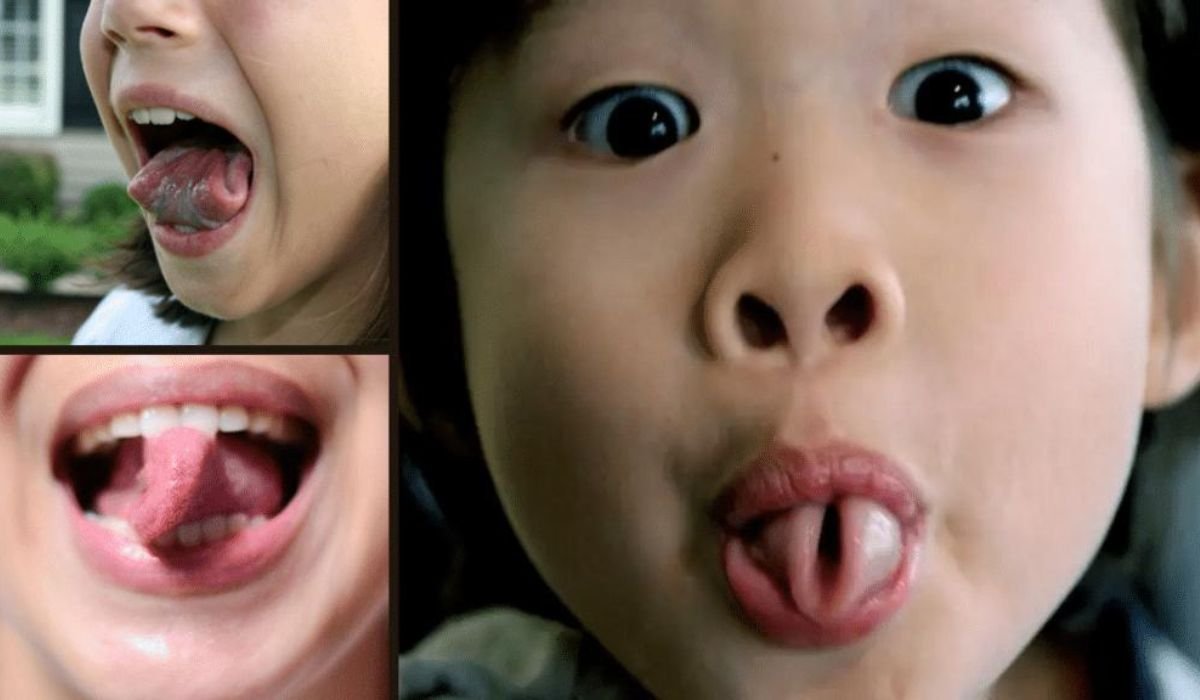Introduction
Has someone ever performed amazing tongue stunts for you, such as touching their nose or creating intricate shapes with their tongue? These seemingly insignificant achievements actually reveal an intriguing interaction between anatomy, ability, and practice. This piece delves into the realm of Trixie Tongue Tricks, examining the anatomical principles that underlie them, identifying varying degrees of difficulty, and comprehending their advantages and cultural relevance. This book has content for all skill levels, from novices looking to pick up a few tricks to experts looking to hone their craft.
Part 1: The Anatomy and Science of Tongue Tricks
Anatomy of the Tongue
To appreciate the intricacies of tongue tricks, it’s essential to understand the anatomy of the tongue:
- Muscles and Structures: The tongue is composed of several muscles, including the intrinsic and extrinsic muscles. The intrinsic muscles alter the shape of the tongue, while the extrinsic muscles change its position. Together, these muscles allow for a wide range of movements, crucial for performing tongue tricks.
- Nerves and Coordination: The hypoglossal nerve (cranial nerve XII) controls most of the tongue’s movements. Sensory nerves in the tongue provide feedback necessary for precise movements and coordination.
The Science Behind Tongue Tricks
- Neuromuscular Control and Coordination: Successful execution of tongue tricks relies on the brain’s ability to coordinate muscle movements. This involves complex neural pathways that enable fine motor control.
- Practice and Muscle Memory: Just like any physical skill, performing tongue tricks requires practice. Repeated movements help develop muscle memory, making tricks easier over time.
- Genetic Factors: Some people have more flexible tongues due to genetic factors. These individuals might find it easier to perform complex tricks compared to others.
Part 2: Levels of Trixie Tongue Tricks
Beginner-Level Tricks
Starting with simpler tricks can build a strong foundation. Here are some beginner-level tongue tricks to get you started:
- Touching Your Nose with Your Tongue:
- Step-by-Step Instructions: Stick your tongue out as far as possible and attempt to touch your nose. It helps to practice with your mouth slightly open.
- Tips: Flexibility in the tongue and jaw helps in achieving this trick. Regular practice can gradually increase your reach.
- Making a Clover:
- Step-by-Step Instructions: Roll the sides of your tongue upward to form a clover-like shape. Practice curling and unrolling to master this trick.
- Tips: Ensure your tongue is relaxed and use your fingers to guide the shape if needed.
Intermediate-Level Tricks
As you progress, you can try these more challenging tricks:
- Rolling Your Tongue into a Tube:
- Step-by-Step Instructions: Curl the edges of your tongue upward to form a tube. Hold this shape for a few seconds.
- Tips: Practice regularly to improve the tightness and uniformity of the roll.
- Making a Heart Shape:
- Step-by-Step Instructions: Fold the sides of your tongue inward to form a heart shape. This trick requires more dexterity.
- Tips: Use a mirror to check the shape and adjust accordingly.
Advanced-Level Tricks
For those looking to push their skills further, these advanced tricks are perfect:
- Touching Your Ear with Your Tongue:
- Step-by-Step Instructions: Extend your tongue as far as possible and attempt to reach your ear. This trick requires exceptional flexibility.
- Tips: Stretch your tongue gradually and be patient with your progress.
- Making a Taco Shape:
- Step-by-Step Instructions: Curl the edges of your tongue upwards and towards the center, creating a taco-like shape.
- Tips: Maintain relaxation in your tongue to create a clean shape.
Part 3: Benefits and Cultural Significance of Tongue Tricks
Physical Benefits
- Improved Tongue Strength and Flexibility: Regular practice enhances muscle strength and flexibility in the tongue, which can be beneficial for various oral activities.
- Enhanced Coordination and Fine Motor Skills: Tongue tricks improve fine motor skills and hand-eye coordination, which can translate to other activities.
- Potential Benefits for Speech Therapy: Tongue exercises can aid in speech therapy by improving control and articulation.
Mental Benefits
- Stress Relief and Relaxation: Engaging in tongue tricks can be a relaxing activity, offering a break from daily stressors.
- Improved Focus and Concentration: Performing these tricks requires concentration, which can enhance focus over time.
- Boost in Self-Esteem and Confidence: Mastering a new skill, such as a tongue trick, can provide a sense of accomplishment and boost self-confidence.
Cultural Significance
- Tongue Tricks in Folklore and Mythology: In some cultures, tongue tricks are part of traditional practices and rituals, symbolizing agility and dexterity.
- Social Interaction and Entertainment: Tongue tricks are often used as a form of entertainment and social interaction, showcasing individual skills and engaging audiences.
- Tongue Tricks in Popular Culture: Various media and entertainment platforms feature tongue tricks, reflecting their continued relevance and appeal.
Conclusion
Trixie Tongue Tricks combine physical talent and cultural meaning to provide an intriguing look at the powers of our tongues. Investigating Trixie Tongue acts may be entertaining and educational, covering anything from the anatomy and science to the advantages and cultural significance of these acts. Whether you’re starting with basic tricks or aiming for more difficult ones, learning these skills can improve your physical and mental health as well as your ability to connect with a wider range of cultural traditions. Why not attempt it and see what innovative tongue twists you can pull off?
FAQs
What are Trixie Tongue Tricks?
Answer: Trixie Tongue Tricks refer to various impressive and skillful maneuvers you can perform with your tongue, ranging from simple tricks to complex shapes. These tricks demonstrate tongue flexibility and control.
How can I start learning Trixie Tongue Tricks?
Answer: Begin with beginner-level tricks like touching your nose with your tongue or making a clover shape. Practice regularly to improve muscle memory and flexibility. Use mirrors to check your progress.
What are the physical benefits of performing tongue tricks?
Answer: Performing tongue tricks can improve tongue strength, flexibility, and coordination. It also aids in fine motor skills development and may benefit oral health and speech therapy.
Can Trixie Tongue Tricks help with stress relief?
Answer: Yes, practicing tongue tricks can be a relaxing activity that provides a mental break and reduces stress. It engages your focus and concentration, which can contribute to stress relief.
Are Trixie Tongue Tricks featured in popular culture?
Answer: Yes, tongue tricks are often highlighted in popular culture as a form of entertainment. They appear in media, social interactions, and even in folklore, showcasing their cultural significance.











